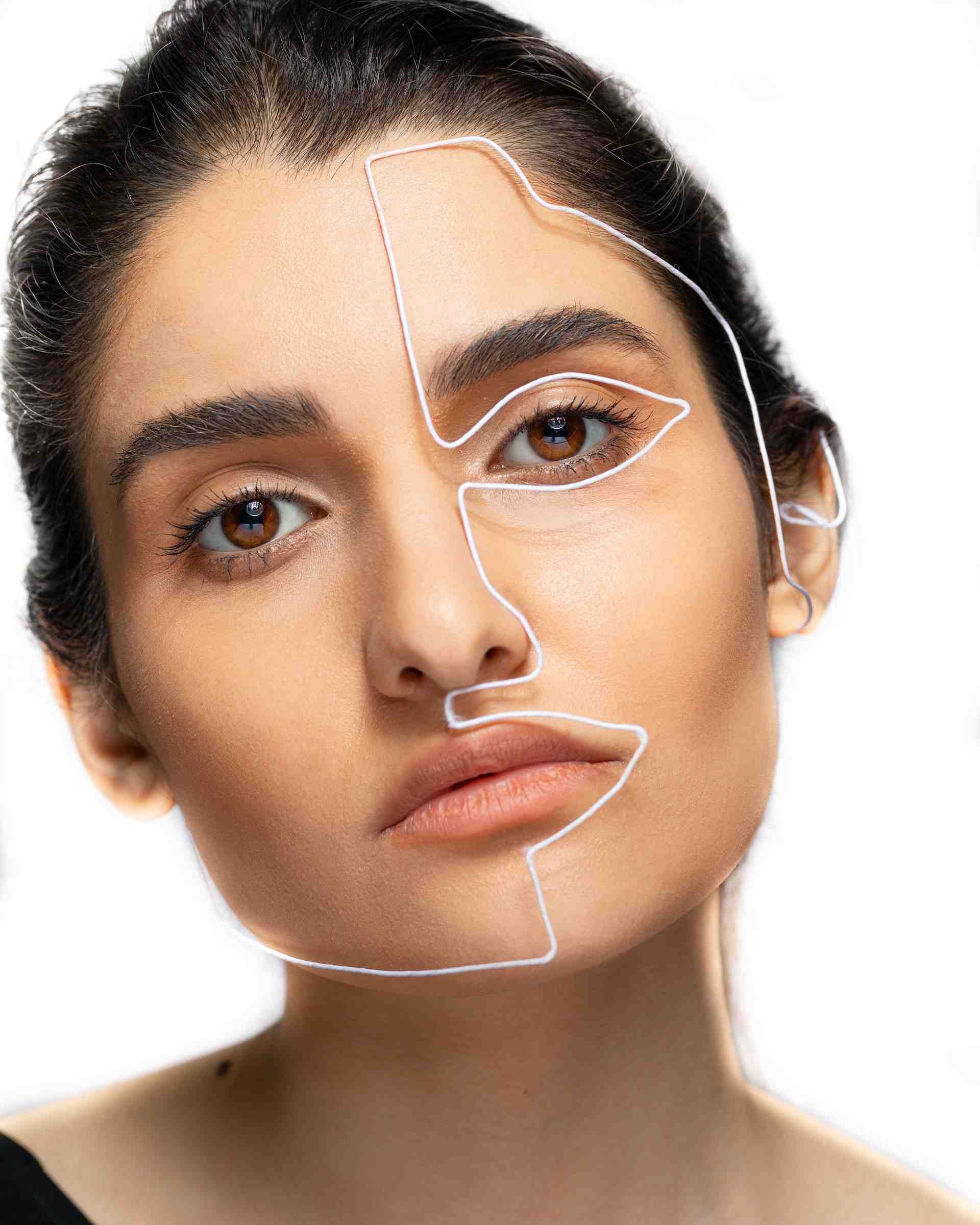Did you know that there are multiple types of facelifts? One in particular, the "deep plane," is gaining popularity with many people over 50. It can achieve longer-lasting, more natural-looking results than other facelifts, and it also comes with extra benefits like a shorter recovery period. If you're intrigued by the possibilities of a deep plane, here's everything that you need to know about the procedure.
How the Deep Plane Works
A connective tissue beneath your skin is the superficial musculoaponeurotic system or SMAS. Made of collagen, fibers, and fat, it plays an essential role in the motion and flexibility of your facial muscles.
In a typical facelift, a cosmetic surgeon tightens or otherwise manipulates the SMAS to counteract the sagging skin associated with aging. In a deep plane, the surgeon goes beneath the SMAS to reposition your skin and the tissue connected to it.
Typical Results for a Deep Plane
A deep plane procedure can correct sagging skin, loose skin, marionette lines, double chins, prominent jowls, and nasolabial folds. It generally results in patients looking at least a decade younger. The skin will be restored to a higher and tighter position, reducing the appearance of aging and redefining the contours of the face.
Another benefit of the deep plane facelift is its natural and realistic results. Since it's going underneath the tissue that controls your facial muscles, it doesn't limit the natural range of motion of your lips, cheeks, or nose. It avoids that stiff or frozen look of other types of facelifts.
Finally, a deep plane surgery will last around 10 - 15 years. You can enjoy more youthful skin for a long time. You won't experience any embarrassing side effects or signs of failure. Your skin will start to take on the usual signs of aging. The good news is that a deep plane surgery can be repeated as needed so you can start the process over again.
How to Get a Deep Plane
If you're ready to move ahead with a deep plane, you'll need to find a cosmetic surgeon that offers it. This might be more difficult than it sounds: As a relatively new procedure, there needs to be more training available for interested surgeons. It's also a complex surgery since it goes deeper underneath the skin than other facelifts, requiring more precision and technical skills to complete.
In other words, it can be tricky to find a cosmetic surgeon that's both good enough and trained enough to handle deep planes. You might need to travel to a specialty clinic, or you might need to book several months in advance.
Once you've found a surgeon, you'll start with a consultation to discuss the deep plane. You'll schedule an appointment for your surgery. Your surgeon will put you under anesthesia for the duration of the facelift.
Potential Drawbacks of the Deep Plane
As with everything in life, there are both pros and cons to a deep plane procedure. The biggest obstacle for many people is price. While an average facelift costs only $8,000, a deep plane will start around $15,000 or so, and it can climb even higher depending on the specifics of what you need.
There are also potential complications for facelifts, including numbness, immobility, and facial nerve injuries. You'll have to decide for yourself if you're willing to take these risks.
Deciding If a Deep Plane Surgery is Right For You
A deep plane procedure can be an excellent choice for men and women who want to turn back the clock. It can achieve dramatic, long-term results in terms of tightening the skin, redefining the jawline and cheekbones, and retaining the flexibility of facial muscles. A good deep plane will also look much more natural than other facelifts. Talk to a cosmetic surgeon if you're curious about what a deep plane can do for you.


